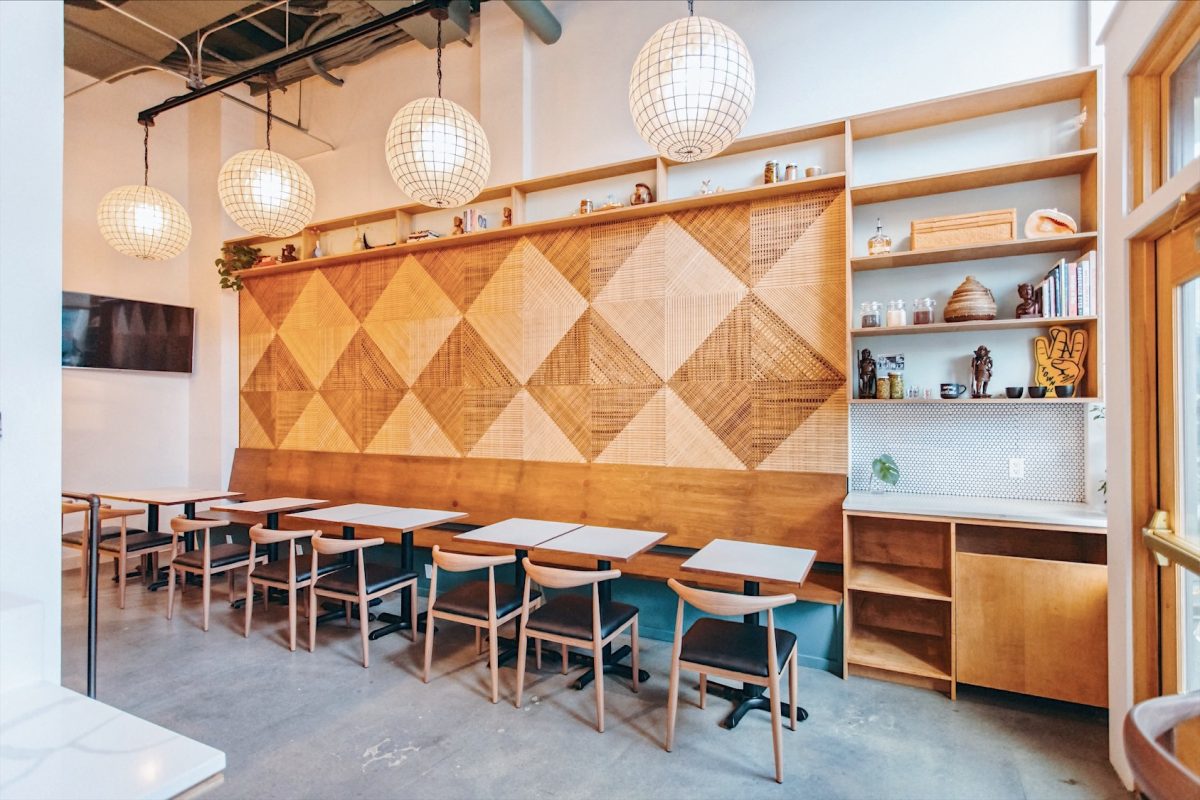Sergio Max Legon-Talamoni on Building Community through Design
Sergio Max Legon-Talamoni is a designer and changemaker. After graduating from Woodbury School of Architecture with his M.Arch degree in 2015, he co-founded La Union Studio with partner Sonia-Lynn Abenojar to enrich communities and inspire creativity. In addition, Sergio is currently appointed to the International Special Review District Board in Seattle, a historic preservation board tasked with reviewing applications for certificates of approval for use and exterior alterations within the district. He was recently awarded the AIA Architects Foundation 2018 Jason Pettigrew Memorial ARE Scholarship and served as Vice President, Board of Directors of Architects Without Borders. We recently caught up with Sergio to discuss how he’s advocating for architects to become interdisciplinary leaders that build for community.
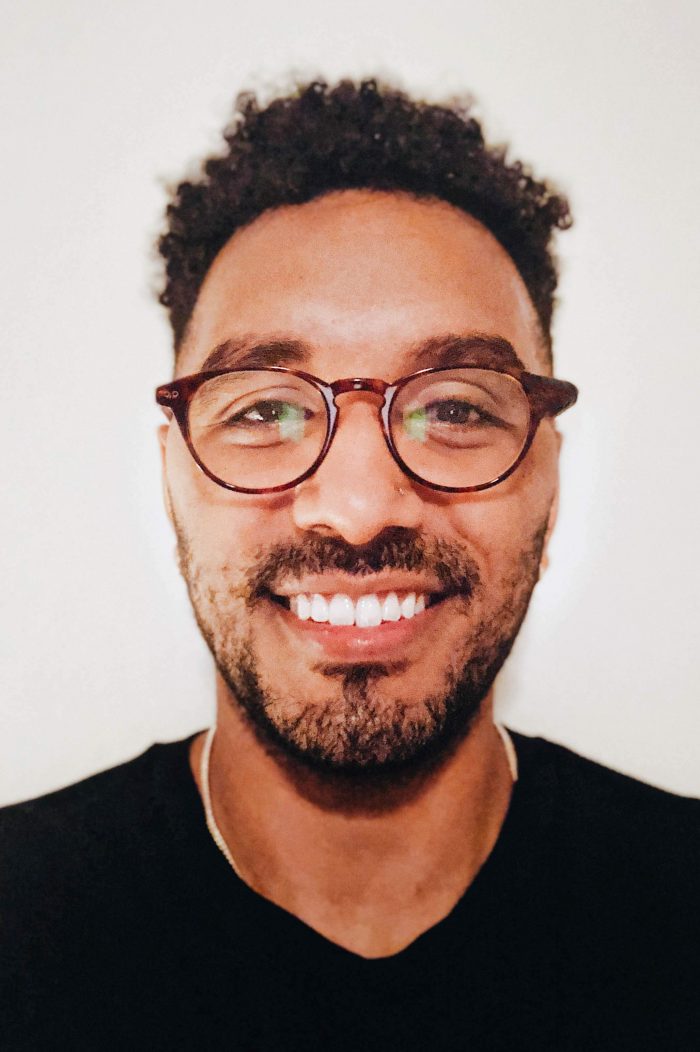
Interview with Sergio Max Legon-Talamoni
Q: Why did you choose to study architecture and humanities?
Studying Humanities during my undergraduate education allowed me to grasp critical thinking, global awareness, written and oral expression, empathy, reflection, peace-building and a commitment to diversity as foundational elements of my pursuit to becoming a holistic steward of the built environment. Throughout time, architecture has persisted as one of the most profoundly important and tangible reflections of culture. Whether we consider historical, monumental structures such as the Roman Coliseum, Notre Dame and the Taj Mahal or modern icons such as the Space Needle, the Walt Disney Concert Hall or the Sydney Opera House, we see each building as reflecting the narrative of the time and how that iteration of culture wished to project itself to the future. Architects exist as arbiters of both our current relics and future history. Architecture, and the emerging intersections with it, became the vehicle from which I could harness the complexities of contemporary society. It is a point of departure that allows me to dive in to the contextual nuances of civilization with a conviction that architecture, and more broadly design, can awaken people and enrich communities.
Q: You’ve held a number of positions, including working for the City of Seattle, Environmental Works Community Design Center, and La Union Studio. How does social impact shape your design work?
At La Union Studio, the architectural design studio that my partner Sonia-Lynn Abenojar and I established, we recognize that architecture is accomplished by people, and for people, first and foremost. Buildings do not exist within a vacuum, otherwise they serve no purpose – they are follies. The foundational principle of our practice is an awareness of the parameters available to influence the project and the implications of the design process during and thereafter – whether it being cultural, social, environmental, political, and/or economical. Starting with the idea that we as design professionals are responsible for the work we put out in the world, we need to hold ourselves accountable to cultivating meaningful relationships with stakeholders in an effort to elevate the voices of those that are and will be impacted by architectural design. This mentality can be scale-able, all the way from a micro retail commercial space, to a multi-building university campus, to your common multifamily-multiuse residential building in a growing neighborhood, folks should have an opportunity to contribute meaningful feedback at all phases of the design process. We always say that our most successful projects are ones where the community can see themselves in the project; that they take ownership of and resonate with the completed space.
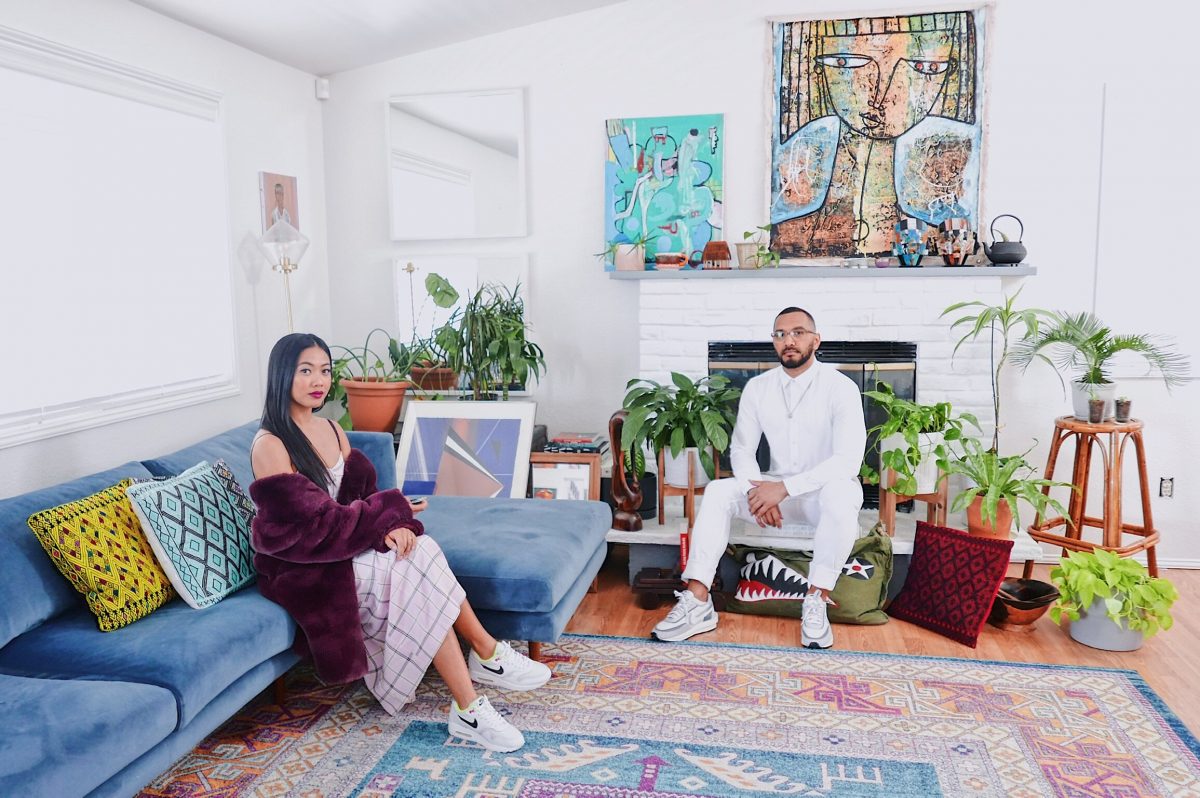
Q: Working in the Seattle area, how does the city itself shape your work?
Seattle is and will always be home for us. Having grown up in this city, we have seen the city rapidly change since the arrival and growth of the city’s tech sector. From being the sleepy and rainy town that we’ve always been known for, to being one of the fastest growing urban epicenters in the United States, one could argue that the city hasn’t adequately prepared for the immense growth in such a short period of time. The repercussions are readily evident. From astronomical commercial and housing prices and the unbearably high cost of living, to the increasing population of people experiencing homelessness and rampant displacement, to the proliferating traffic burden on the city’s infrastructure, we’ve made it a goal and a passion of ours to make a responsible impact on the city’s rapidly changing landscape. Leveraging the various relationships we’ve cultivated in various capacities growing up and working here, combined with our familiarity with the cultural and historical ecosystem allows us to use those references to root our projects in the immediacy of their context.
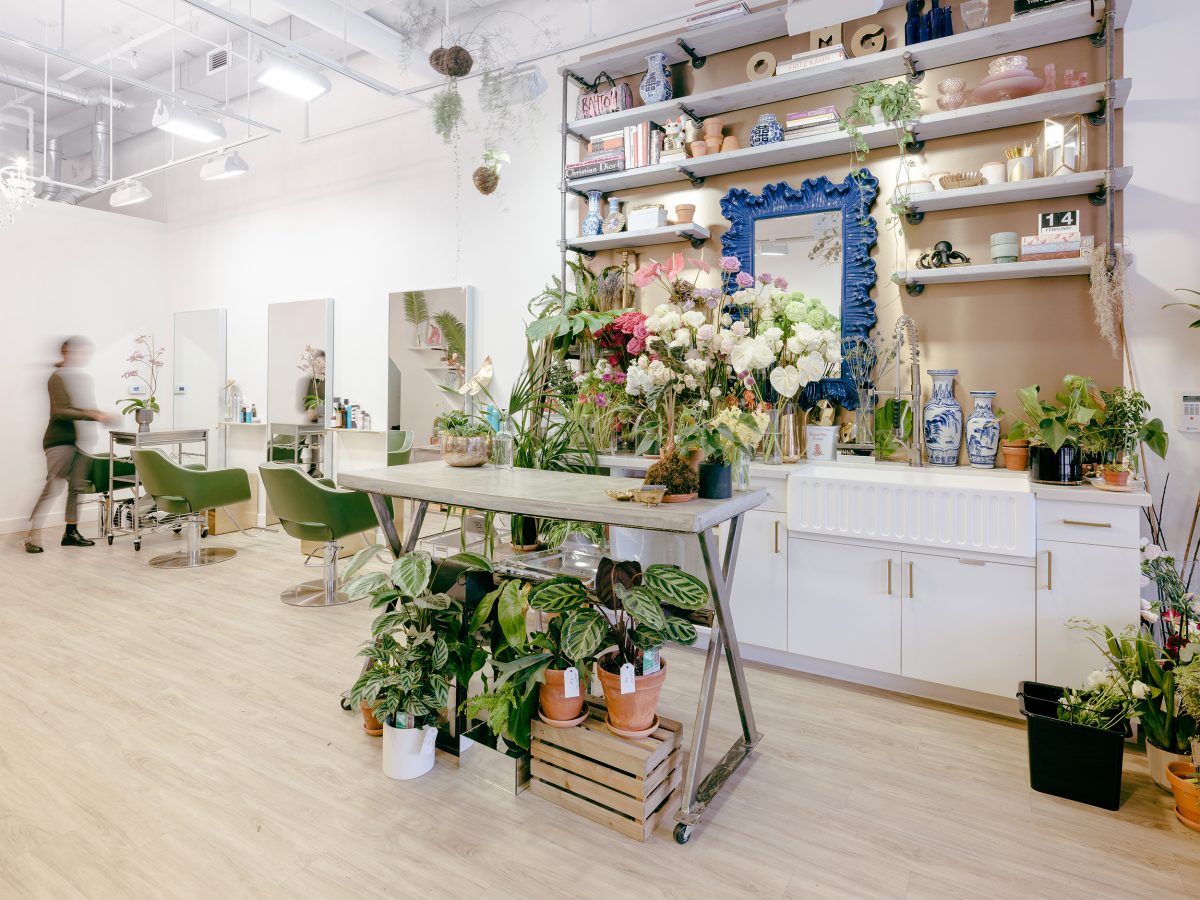
Q: With changes to climate, technologies, and construction techniques, how do you think architects and designers will adapt ways of practicing to advance the profession?
What we have seen developing in the discipline of architecture and design in the last decade is the necessity for architects to grow their technical skill set, especially with the emergence of more complex digital technology and software to achieve more construction efficiency and integration of trades. However, I feel that the role of the architect needs to delve further into the social dynamics of society, as architecture seeps more and more into the consciousness of the everyday person. Architects should embrace their natural leadership skills and play an active role in ushering our society into a holistic future that harnesses inclusivity as tool for innovation and equity. Why aren’t there more decision-makers at the policy level helping grow our communities with design-conscious agendas and innovative solutions? Architects are problem-solvers and critical thinkers. We must stand at the forefront of society.
Q: What projects have you enjoyed working on most?
It’s been a sincere joy working with clients that look, talk, and dress like us. Architecture is a language and a frame of thinking that many are unfamiliar with. Design has always fostered a culture of elitism and “othering” those outside of it, so we try to break down that monumental barrier when working with our clients. Projects that allow for reciprocal collaboration and continuous iteration have been the most fun for us, specifically as they apply to our commercial tenant improvement projects. The opportunity for visibility by the community at large of these project typologies excites us, and we try to use social media and other online platforms to let the public in throughout the design process. The level of engagement we have with folks in the community has significantly increased since we started doing that, because people want to feel like they’ve been a part of the journey, a part of the process, and ultimately a part of the successful delivery of the project. We want people to identify with the space they patron, and by sharing what we do and how we think is an invitation to participate in the dialogue.
Additionally, we feel like we’ve created a niche of working with first generation immigrants, small business owners, and BIPOC clients. This excites us because, as children of first generation immigrants ourselves, and as fellow small business owners, we can relate to the challenge of navigating all of the moving parts of a given project, in addition to managing business operations. Tighter budgets allow for more creativity and exploration of the possibilities. We love to reflect the complex narratives and colorful cultures of our clients in our projects. What results project is a project with a unique identity, one our clients can feel proud to have contributed to.
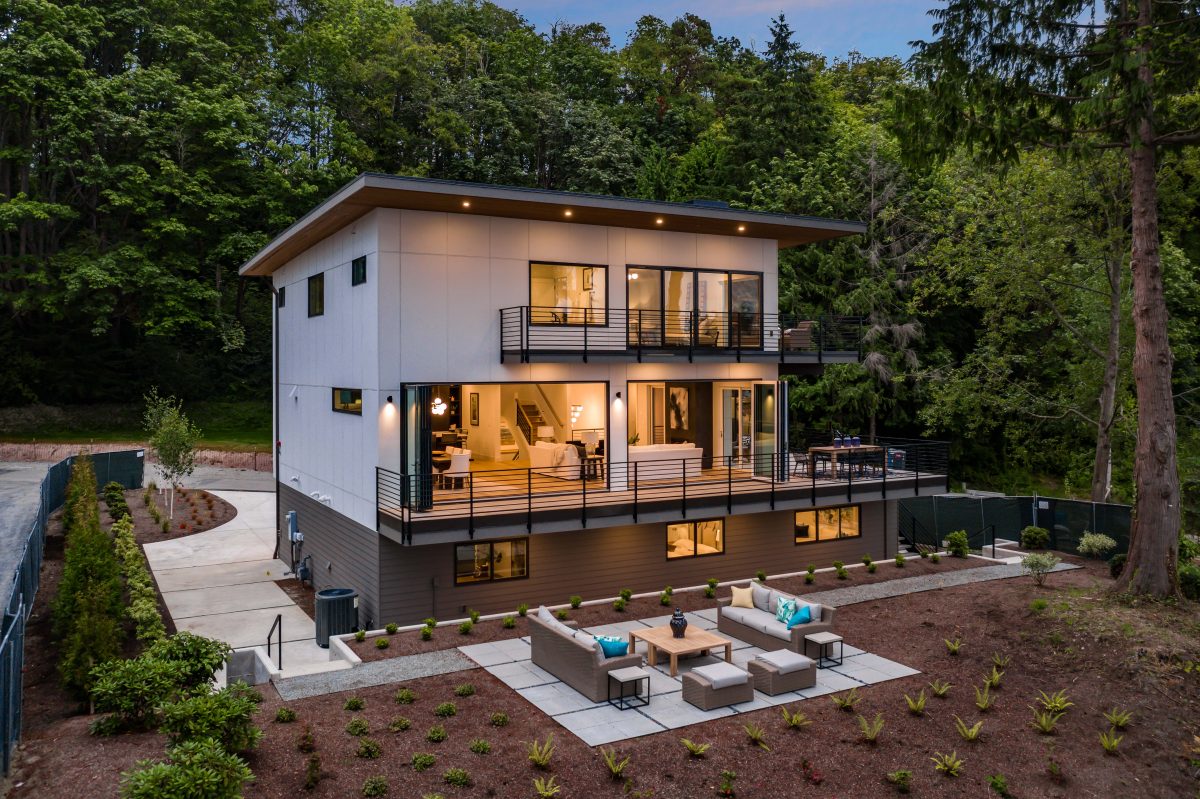
Q: What advice would you give to students and designers who aspire to follow a similar career path?
Looking back on my young career thus far, I feel it most important for students and emerging professionals to treat your architecture career as its own design project. Curate your path to growth and success. Develop unique skills and abilities that allow you to differentiate yourself and stand out. Ask for visibility within your company and take on leadership roles outside of it. Whether it’s sitting on a board of directors of a non-profit organization or a municipal design review board, attending lectures, participating in your local AIA chapter, learning new software, or networking with clients and consultants, education doesn’t and shouldn’t end in school. I think becoming as multifaceted of a designer is going to put you in a position to succeed whether working in a firm or starting up your own practice at some point.
I think more specifically, as a designer of color, I have had a difficult time finding a mentor or community that I could relate to. I found myself often feeling lonely when I was working in a firm because I was the only black/brown person in my office. So I took solace in surrounding myself with professionals of color in other industries that I could learn from. While our disciplines may have been different, I often found that they shared similar experiences in predominantly white and corporate environments – and that resonated with me. So, my last bit of advice to seek out mentorship and don’t be afraid to offer mentorship to the next generation of designers. If you don’t, who will? Be a champion of our profession and pass forward the knowledge.
Q: What three words would you use to describe Woodbury?
Intersectional. Diverse. Innovative.
Follow La Union Studio on Instagram: @launionstudio
